For any CxO or company seeking to adopt or scale Agile for their software development groups – get ready for some organizational soul searching! The mindset and processes of Agile reflect back your culture, your enacted (not espoused) Theory of Management, and the structural inefficiencies of your org chart…and these are just the beginning!
Culture Clash
Culture is the oxygen of your organization. You are swimming in it, nurtured by it, yet it remains invisible. Ask any new employee to describe Culture and you will get a sense of the constraints it places on the organizations ability to change and adapt. Adopting Agile methods to “upgrade” your product development process, speed up cycle time, and generate flow and suddenly that squishy, amorphous mist (Culture) condenses into a brick wall. What is going on here?
Culture is the container that holds all the dilemmas of your organization in dynamic tension. It is the fairy dust that allows your to be:
BOTH Competitive AND Collaborative
BOTH Controlling AND Creative
BOTH Focused AND Flexible
BOTH Simple AND Complex
BOTH Relational AND Actionable
BOTH Results-oriented AND People-oriented
The contours and interactions between these dynamic polarities make up your Culture, and to a large part your organization. When Agilists come to stay the Culture dynamics shift and the whole system groans…audibly.
Suddenly “red flags” show up everywhere. Your “Greatest Fear,” which normally lurks in the basement, begins walking the halls in broad daylight. As soon as these new methods begin producing change, the promise of Agile, the downside extremes of the polarities become visible, providing fodder for resisters and those being forced out of their comfort zone.
Theory X or Theory Y
This squeeze is most obvious in your management team, many of whom have been promoted due to their functional/engineering expertise or excellence. Do you know how they view the developers they manage – widget or creative genius? How do they define their role – benign dictator or all-star coach? Are they ready – willing and able – to look in the mirror of their leadership and confront their weaknesses and leadership skill level? Are they able to consider their obsolescence? And if you’re planning on scaling Agile, how high up does this personal reflection need to go? All the way to the top?
This becomes a real bear trap when the consultants troop in and begin training everyone in the development organization to self-organize, manage their own work, decide how much they can do each sprint, and even how to do it. Cross-functional teams!?! There goes my turf, but not without a fight! Changing priorities every two weeks, who is in charge here – I set the priorities around here! Your greatest risk of “sand in the gas tank” or a “stick in the gears” comes from the managers who used to have authority, respect, power, control, and a reason to exist.
As Agile squeezes managers of people and project aside, a new dilemma arises – Flatten the organization or Lead with new skills and actions. At this point you may want to re-read the previous section on Culture. Perhaps the biggest challenge of scaling Agile comes with the shifting roles of those managing product development. To be successful they must adopt the Servant Leadership required to support the sprinting development teams. As they speed up and new processes reduce the “friction” created by waterfall and project management the previous value of management can become waste and be wrung out of the system. The new Theory of Management that Agile requires is only now being written. In fact, the ink isn’t even dry.
Structure Follows Function
If you are not dizzy yet, contemplate this last piece of the puzzle. When organizational culture shifts and management is reorganized what happens to structure? Think PMO, Portfolio Management, Centralized Strategy, design and business analytics, functional silos! Is this the time to call McKinsey, PWC, BCG…do you need to spend the money on the big guns of the consulting industry? Agile doesn’t work like this…remember, that is why you wanted it in the first place.
Agile is fundamentally about learning your way forward, minimal structure, and Just in Time planning. This is not a structure that can be designed by external draftsmen, posted on the wall of the CxO’s office, and “rolled out” to an unsuspecting organization. The biggest process change in adopting Agile is the process of organizational development. It becomes downright biological, you have to grow into this new way of working. Even more distracting is that it follows the rules of quantum physics (emergent and self-organizing) and networks (Hubs and connections determine information flow). How on earth can you “manage” something so organic, so alive??
Hear we look to the leaders in operating in unpredictable environments – the US Army War College. In environments that are volatile, uncertain, complex, and ambiguous (VUCA) you need everyone to be confident in their ability to assess the situation, set up some really smart experiments to test the water, and take small steps forward to see what works. This is not the time for a gigantic change initiative because you cant predict what kind of change you need.
How ironic that the only way to adopt Agile is using Agile!!
So, Dear CxO, are you ready for the roller-coaster ride? Are you prepared to explain this to the functional heads of your executive team and your peers (because they will get sucked into the vortex as well)? Are you ready to herd [cat]tle with only a few sheep dogs (who are the ones doing the on-the-ground thinking and reacting)? That is what you’ll see when you look in the Agile Mirror on your wall.
Dr. Carol Mase is an executive coach who challenges leaders and their organizations to think differently about the world and how they can achieve their fullest potential. Her unique background applies the principles of business, biology, psychology, and physics, to all levels of the organization. She has worked as an entrepreneur, consultant and pharmaceutical executive introducing fresh ideas that produce innovation and adaptive change. She can be reached at [email protected] or 215-262-6666.


